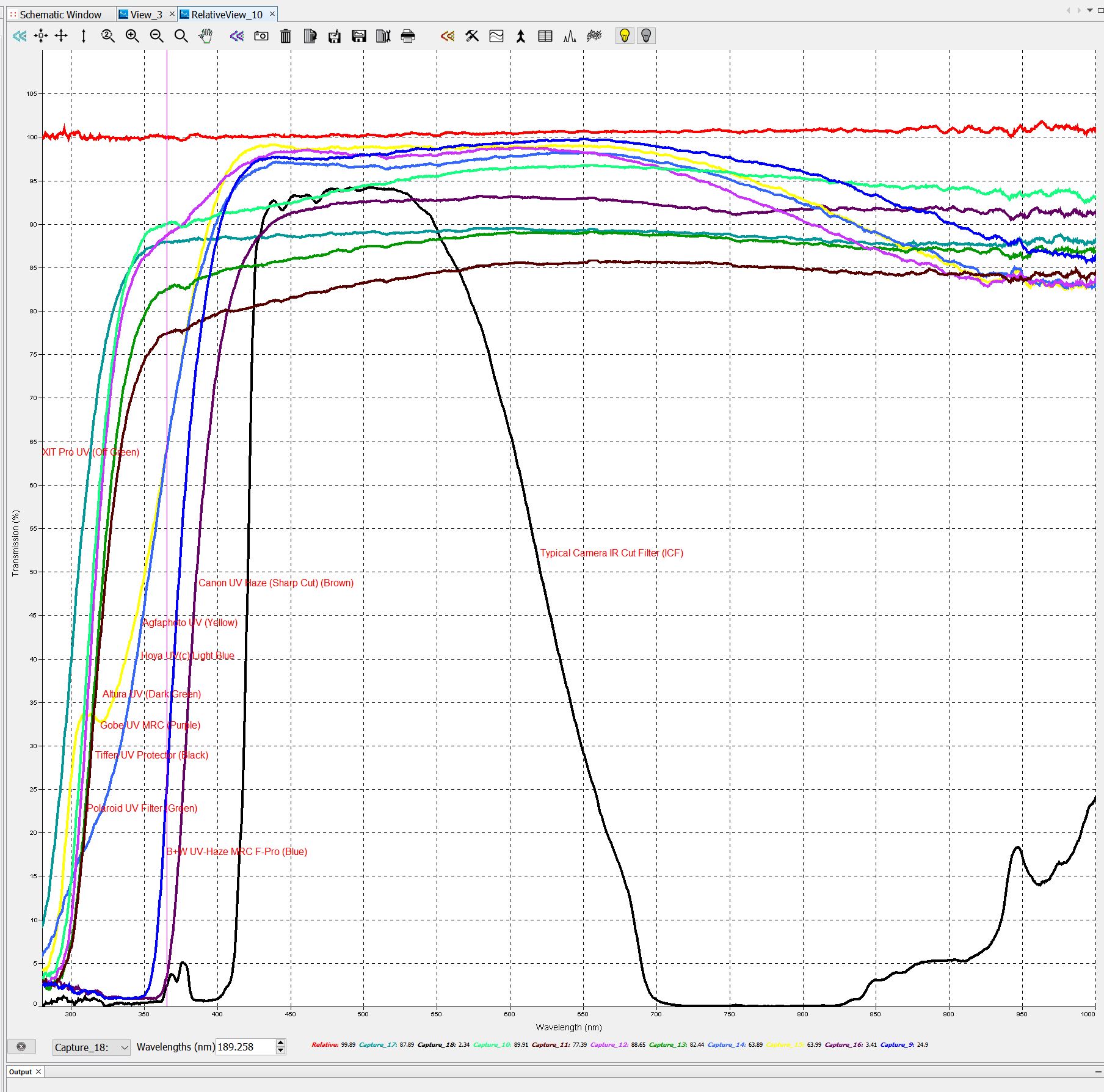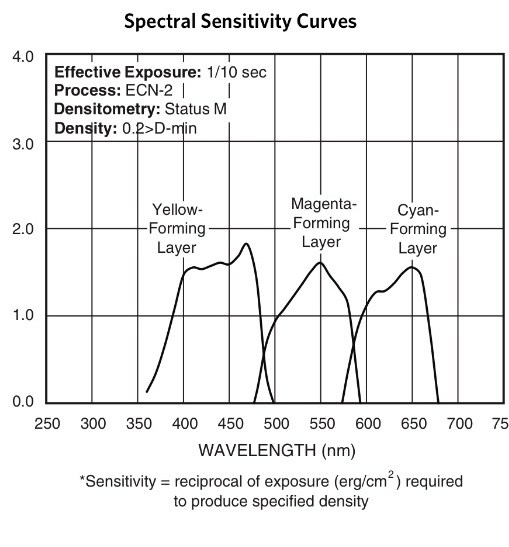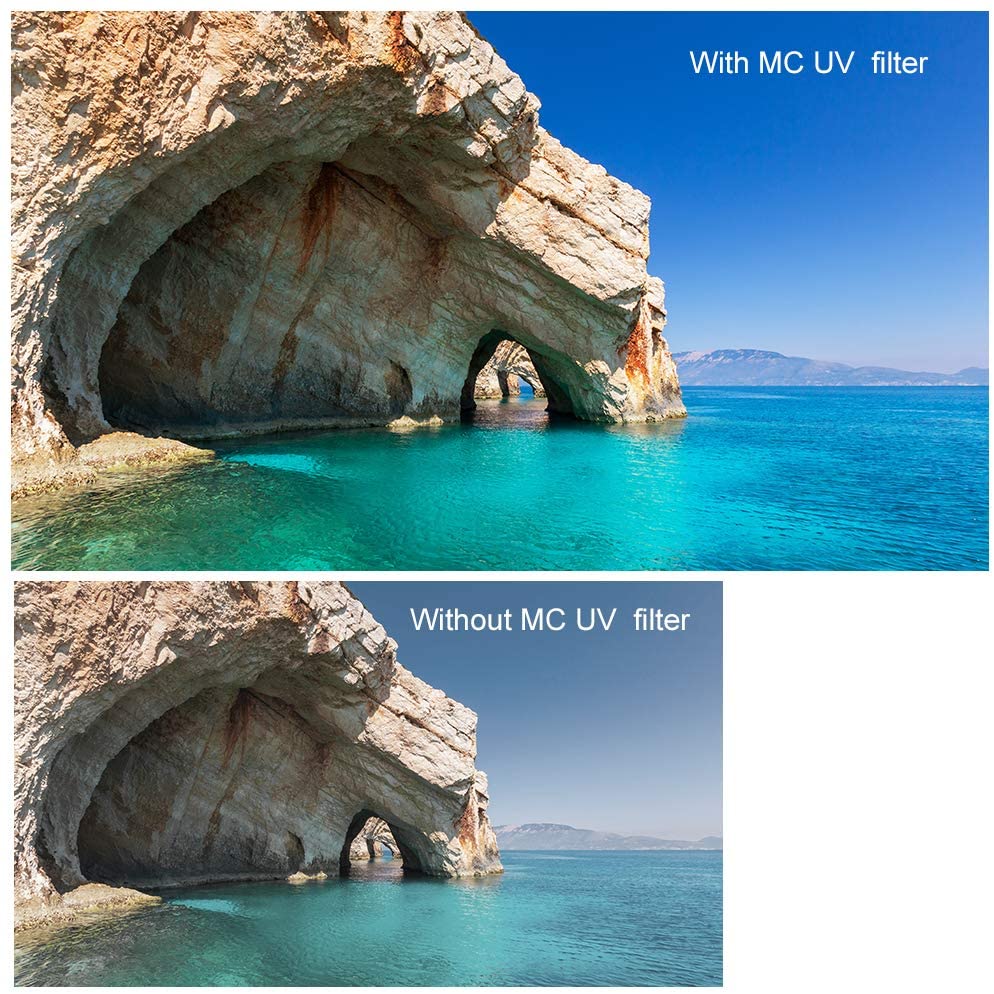UV Haze Filters
The truth about the UV haze filters
|
Most pictures taken now are made with digital cameras. While some prefer film, and film does look and behave differently than digital, there is no denying that it is much easier to shoot digital. I don't have any statistics, but I would guess 99%+ is digital now. This got me wondering recently about the usefulness of those UV haze and Skylight filters. Since I have a spectrometer where I can measure filter transmission, I bought UV Haze filters from Canon, Agfaphoto, Hoya, Alture, Gobe, Tiffen, Polaroid and B+W to see what their transmission looks like. I also measured a typical digital cameras IR Cut Filter (ICF) that is installed on all stock color digital cameras. An ICF is required because the red, green and blue dyes that make up the Color Filter Array (CFA) become transparent in the infrared (IR) and, without the ICF, the picture colors wouldn't look right.
It may be hard to read the graph here, but the black line is the camera's ICF. The black line cuts off around 420nm with is a deep blue color range. Notice how every other trace is to the left of the camera's ICF. The closest is Canon UV Haze Sharp Cut at 370nm. Many of the filters were approaching 300nm which is lower than what a normal camera lens can see. Most lenses cutoff off between 340nm and 400nm. To see down around 300nm, you need a special lens like the $7,000 Jenoptik 60mm APO and $8,000 Systems 7 UV Nikkor 105mm copy. You also need a camera like our monochrome converted full spectrum cameras because the CFA and Microlenses block most of the UV light - or a scintillation coated sensor (topic for another newsletter). |
|---|

So what this all means is that for a stock color digital camera, the UV Haze and Skylight filters do absolutely nothing to stop UV haze, and they will even degrade the image slightly since every peice of glass that the light passes through introduces distortion. The ONLY use for these filters with a digital camera is that they give you some lens protection.
Here is a graph of the spectral response of Kodak 50D Daylight Motion Picture Film. Notice that the blue channel extends down to around 360nm. For films like that, a UV cut filter will make a difference depending on the lens used, but, all the filters I tested cut below that except for the Canon sharp cut at 370nm. Even that filter won't make much difference to the film camera.

Here are some typical marketing pictures showing the supposed effect of using a UV haze filter on a digital camera and the pictures are pure malarkey. Those pictures were made by somebody adjusting them in an image processor.
